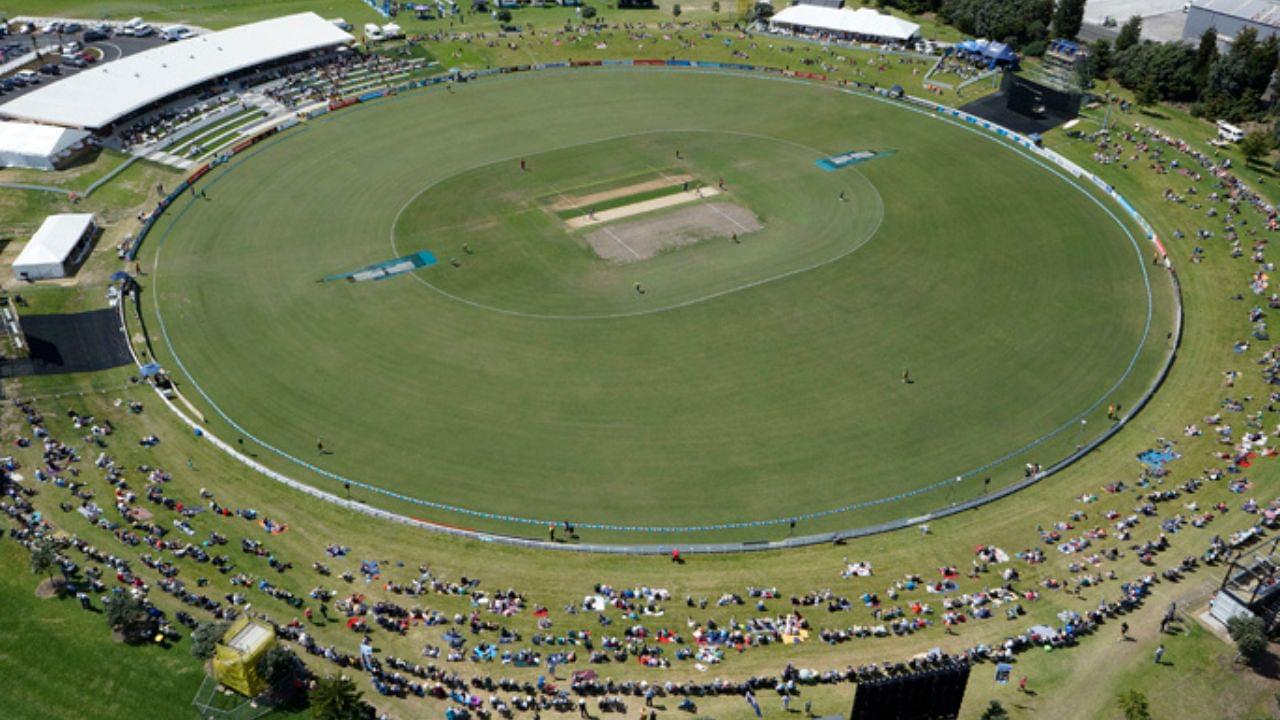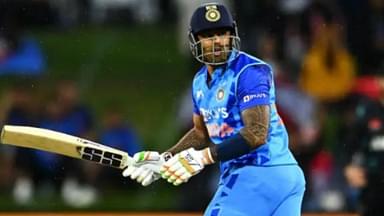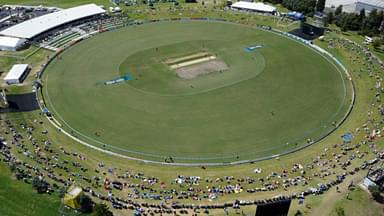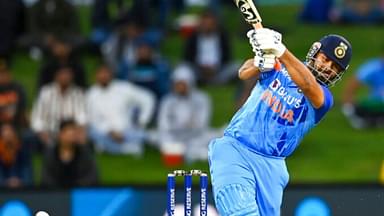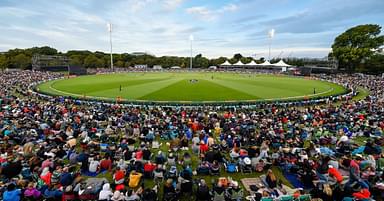After persistent rains led to a washout ahead of the Wellington T20I, team India and New Zealand have travelled to Mount Maunganui, where they will play the penultimate match of the series.
Advertisement
With much talks around the conservative approach with which the Indian batters played during the recently concluded T20 World Cup, it will be interesting to see how the likes of Shubman Gill, Ishan Kishan, and Sanju Samson turn up in the absence of the experienced top-3 batters.
Also, with BCCI taking strictest of measures by sacking the entire selection committee including chairman Chetan Sharma, all eyes will also be on Hardik Pandya, pertaining the way he leads the side as reports of him being appointed the next T20I captain gain traction.
ALSO READ: Mount Maunganui Cricket Ground T20 records and highest innings total
As for New Zealand, they are likely to field a near similar side which featured in the T20 World Cup, except for absence of fast bowler Trent Boult, who had decided against taking up the new central contract offered by the board in September.
Bay Oval Mount Maunganui boundary dimensions
Despite a seating plan arrangement for around 10,000 spectators, the Bay Oval Ground in Mount Maunganui does have decent-sized boundary dimensions, when compared with some other grounds in New Zealand.
Although still quite average, the venue has boundary size ranging from 60-70 meters across all sides from the centre-wicket.
Thus, with the aid of the average-sized boundary, coupled with an excellent pitch to bat on, expect a high-scoring encounter come Sunday during the second T20I, with the venue expected to be a full house with all the tickets already sold out.
However, akin the first T20I, there is yet again a possibility of rain playing spoilsport with the weather forecast not looking promising during the Sunday evening as well.

